Here are three ways to cope while sheltering in place.
As our kids figure out how to learn online, we can retool in our families, too. Here are three practical ways families can cope—and even thrive—despite school closures, event cancellations, and a whole lot more time at home with the kids.
1. Create some structure around work and school at home.
I’m supposedly working as I write these words, but my high schooler just popped in to see if I knew where his phone charger is (nope). Before that, one of my daughters came in to get the dog and some stamps. I love seeing my kids and having them home, but each interruption breaks my focus. It takes ages for me to get started again; it’s so much easier to check my email (or the status of the coronavirus) than to do my actual work.
Clearly we need to get set up a little better now, rather than waiting until we know how long this is going to last (it could be a while) or until we are all at our wits’ end (possibly tomorrow). Constant interruptions are a recipe for misery. Not only do they hinder our productivity, but they increase our stress and tension levels in measurable ways.
We can minimize interruptions by carving out specific times and places for each of us to do our work. Our kids need individual work-at-home plans to finish out their semesters. If your kids need supervision and you also need to work from home, find partners (perhaps neighbors if you don’t have a coparent) to help you, and set up shifts so that you are either in charge of the kids or working somewhere that minimizes interruptions—but not trying to do both things at the same time.
2. Connect with your clan.
Social distancing is painful. We humans need social connections to feel safe. Those of us who live in families have a built-in way to counter the feelings of isolation that social distancing can cause. We can hug our kids and tickle their backs. We can share our meals together—all of them. We can relax and read and watch our shows on the same couch in the same room.
This sort of old-fashioned family time isn’t the norm. Before the pandemic, it was more natural to eat lunch alone in front of the computer. Kids today are more likely to watch videos on their devices alone than they are to join the family for an episode of TV. But we’ll do well to counter the distancing we’re experiencing from our broader school and work communities by deepening our connections to one another at home. Let’s not be alone together; let’s be together when we’re together.
3. Embrace not having somewhere else to be.
Although a new form of activity has taken over our lives, something that was previously unimaginable for me has happened: Our family literally has no plans that take place outside of our home.
This has been unsettling. We Americans feel important rushing from one commitment to the next. Busyness makes us feel significant.
But if we don’t have time to get enough sleep (or exercise, or cook healthy meals) now, when will we? Let’s remember that we don’t have to be more productive during this anxious time. This is a time to take good care of ourselves.
Taking care of ourselves can feel indulgent at a time when so many people are sick and when our healthcare workers and so many others are sacrificing so much. But one of the best things that we can do for others is to take care of ourselves. We can better ward off illness when we are mentally and physically healthy, and this puts us in a much better position to help others.
These are strange, uncertain times. But we’ll do well to remember that “life is never made unbearable by circumstances,” as Viktor Frankl wisely wrote, “but only by lack of meaning and purpose.” This may be the longest “summer” ever—kids may be home for five months!—but let’s not forget to find the meaning behind it.
All of this is about helping others: We are trying to slow the spread of a lethal and virulent disease, trying to keep our hospitals from becoming overwhelmed, to keep our doctors from having to make decisions about who lives and who dies. We can welcome school closures, and curb complaining about inconveniences.
Stay home, friends. Stay safe. Help others.
Do you need more support?
If you and/or your family are struggling right now, I’ve expanded my coaching practice so that I can support more people. Learn more here.

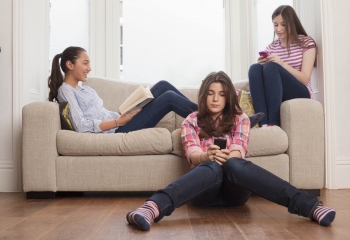

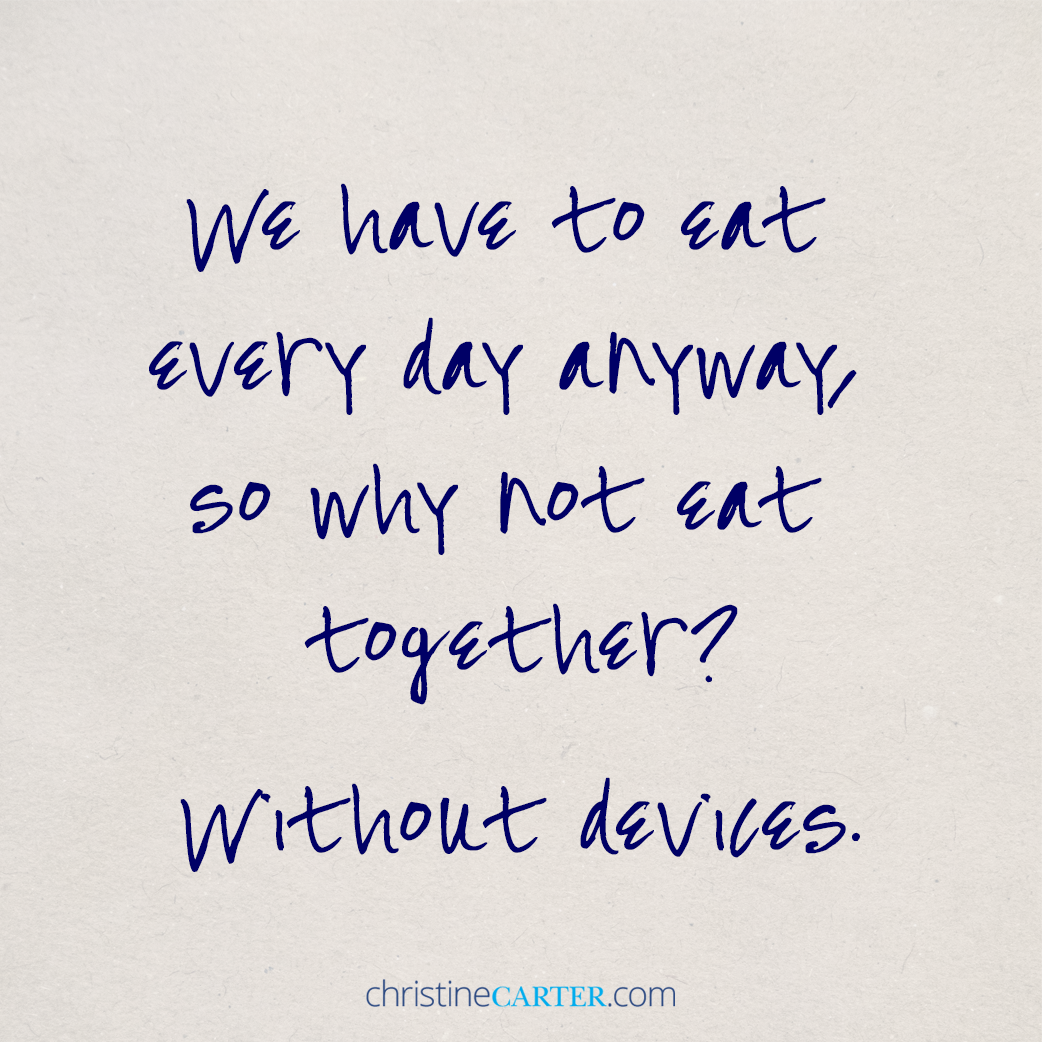
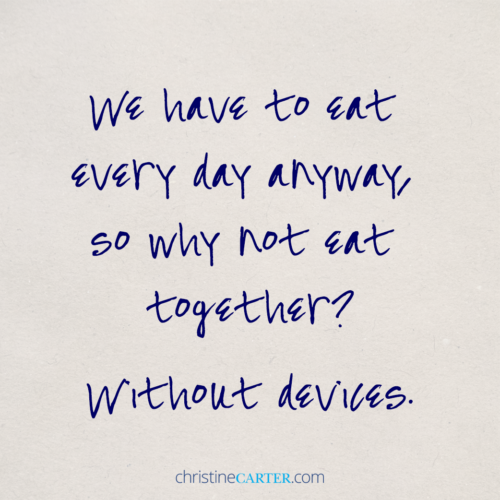
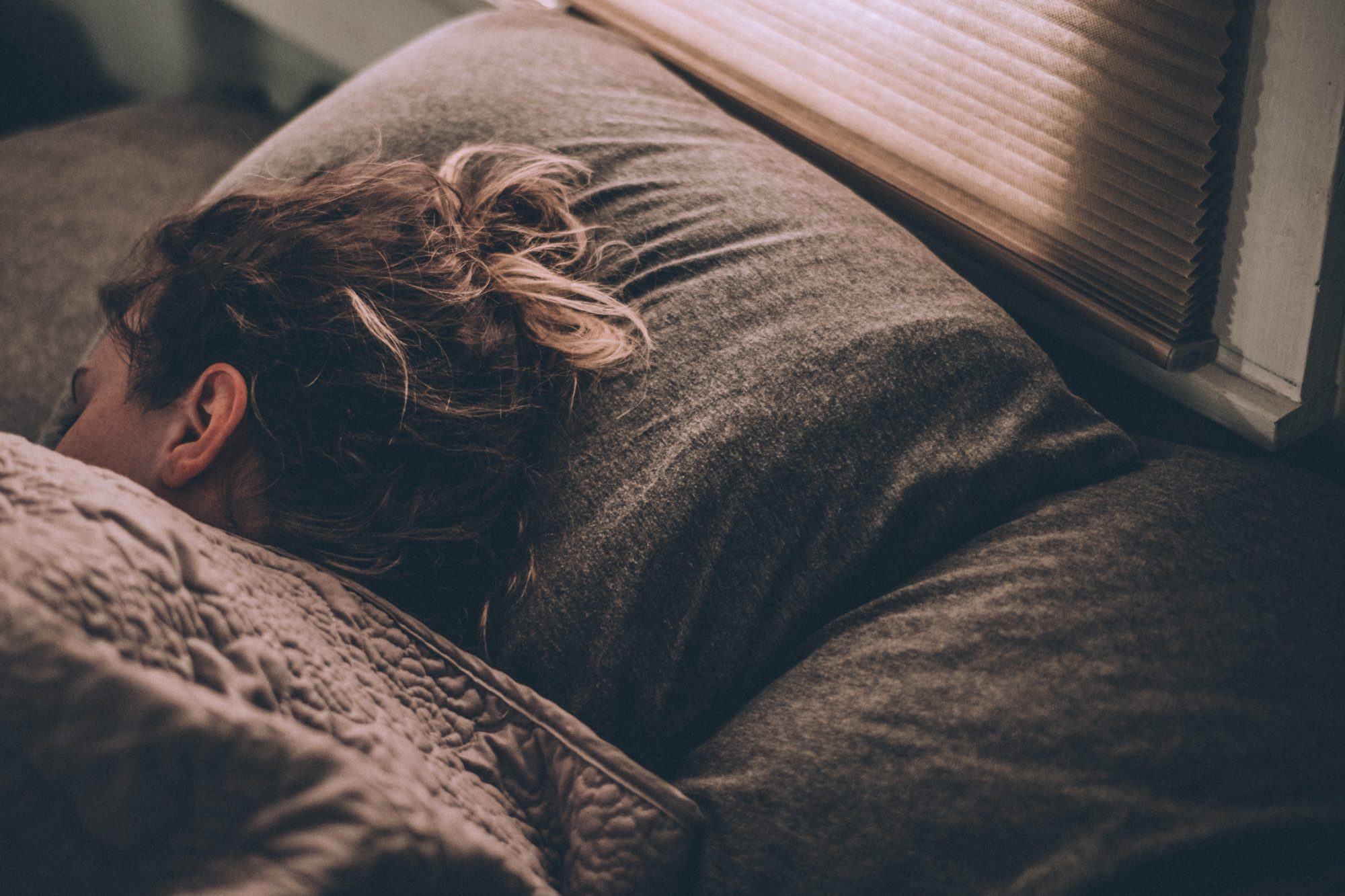
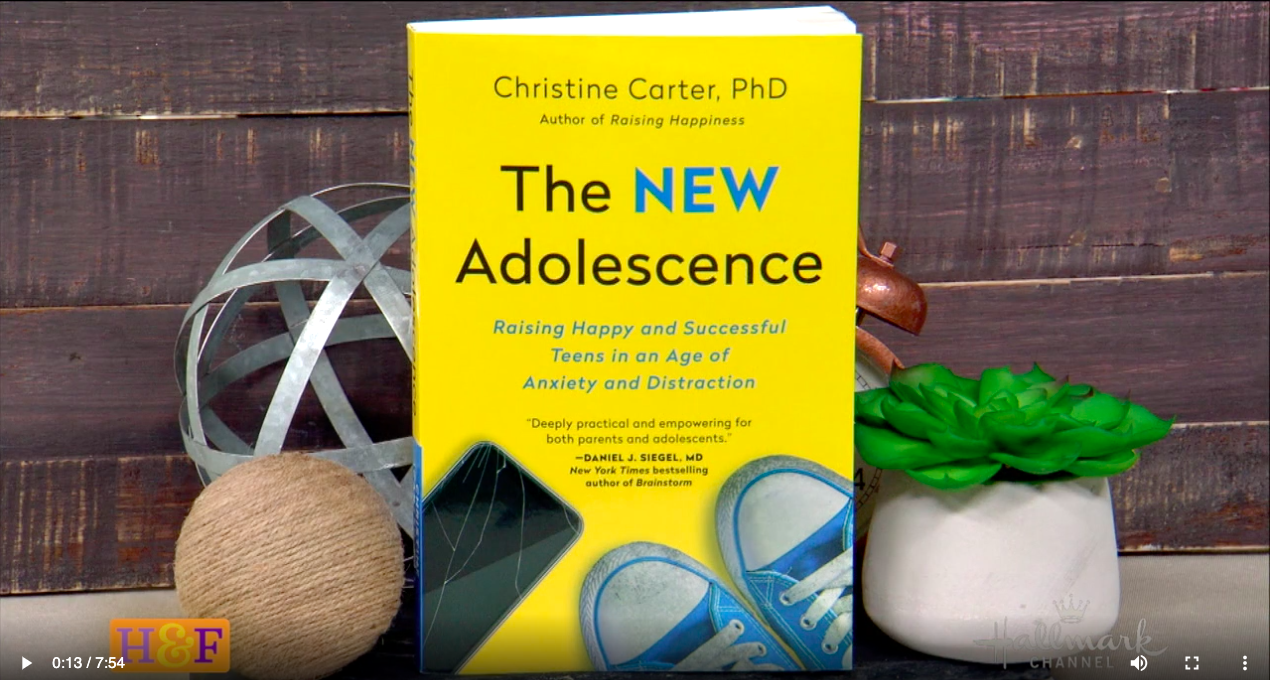
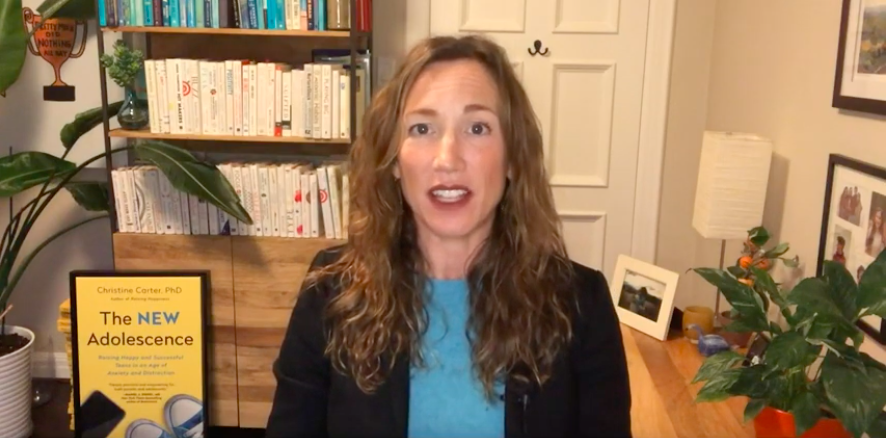

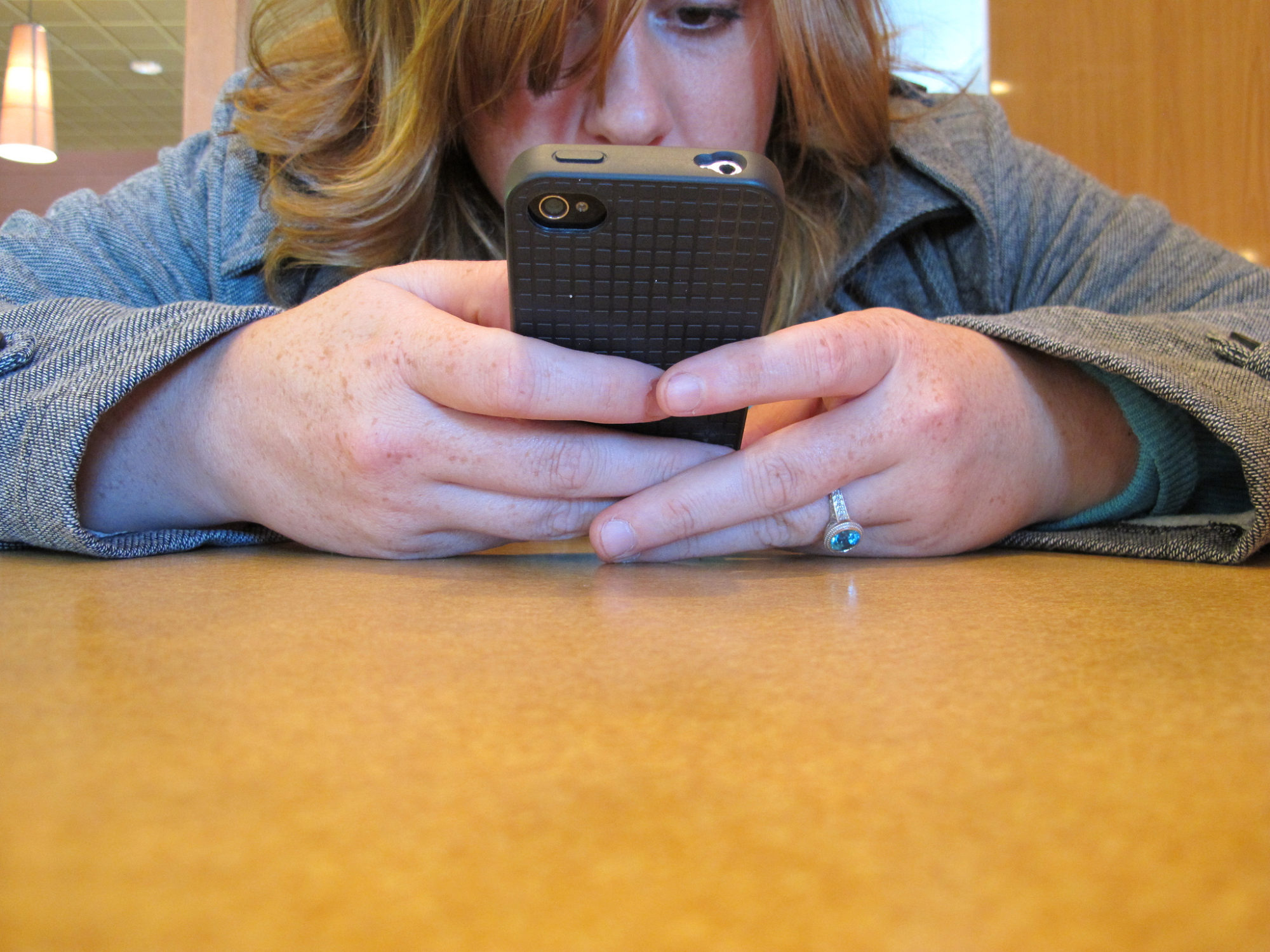
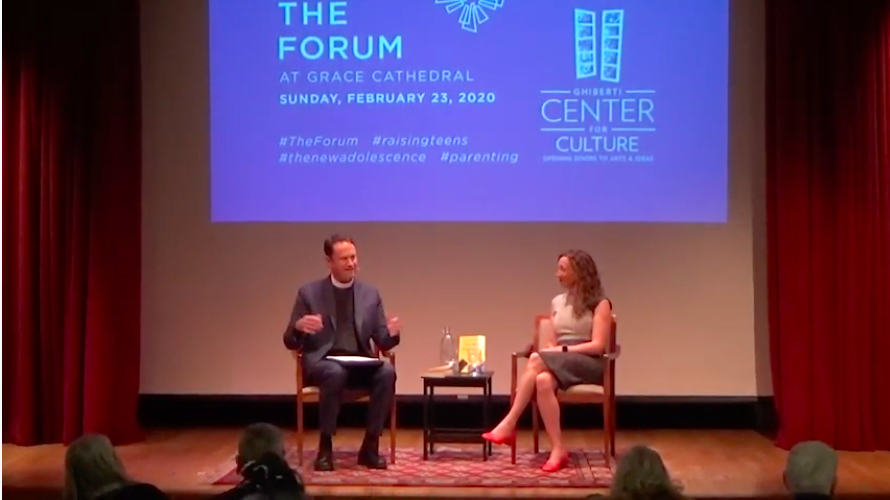
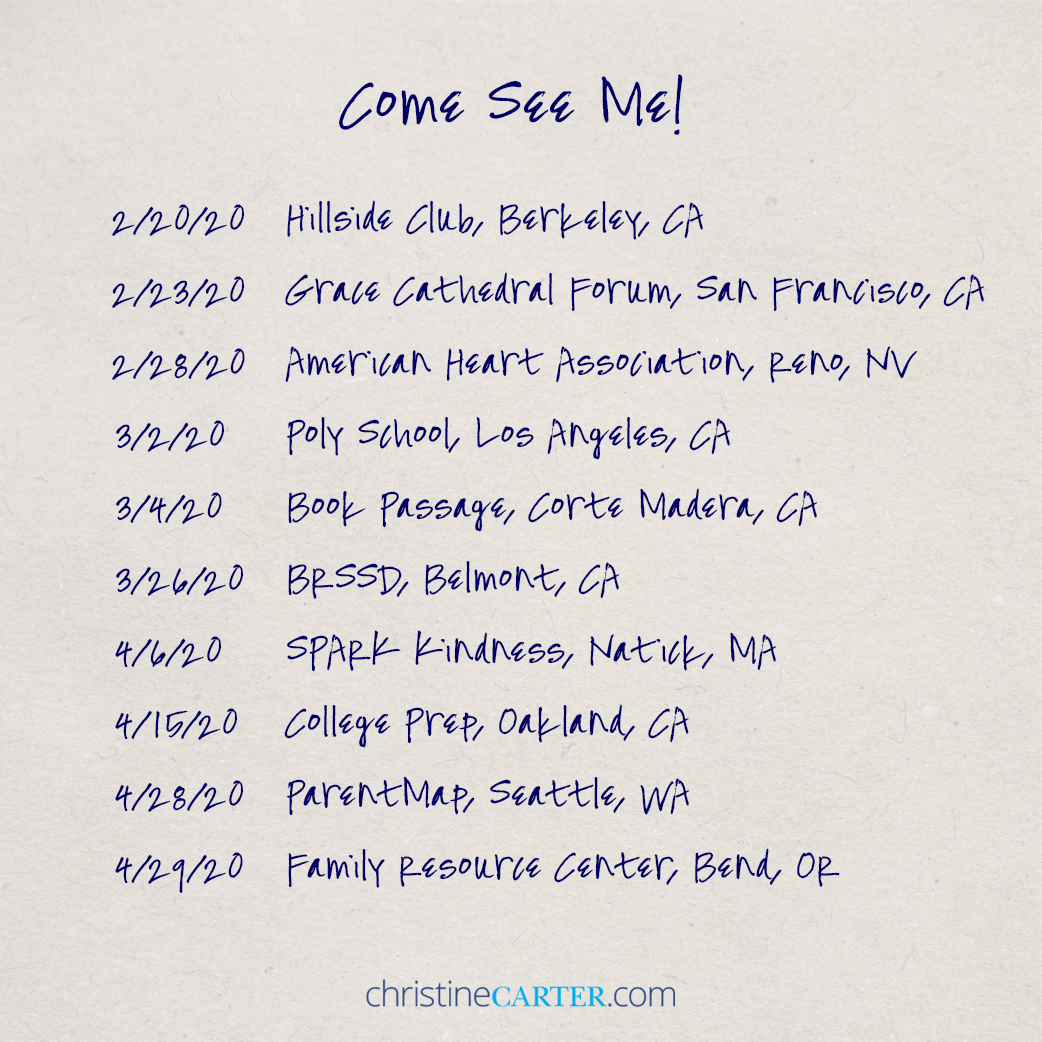
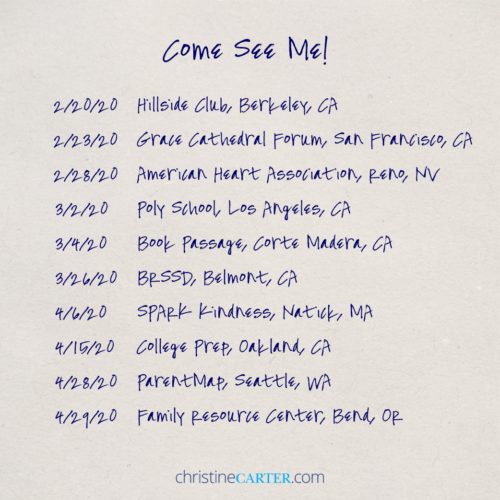
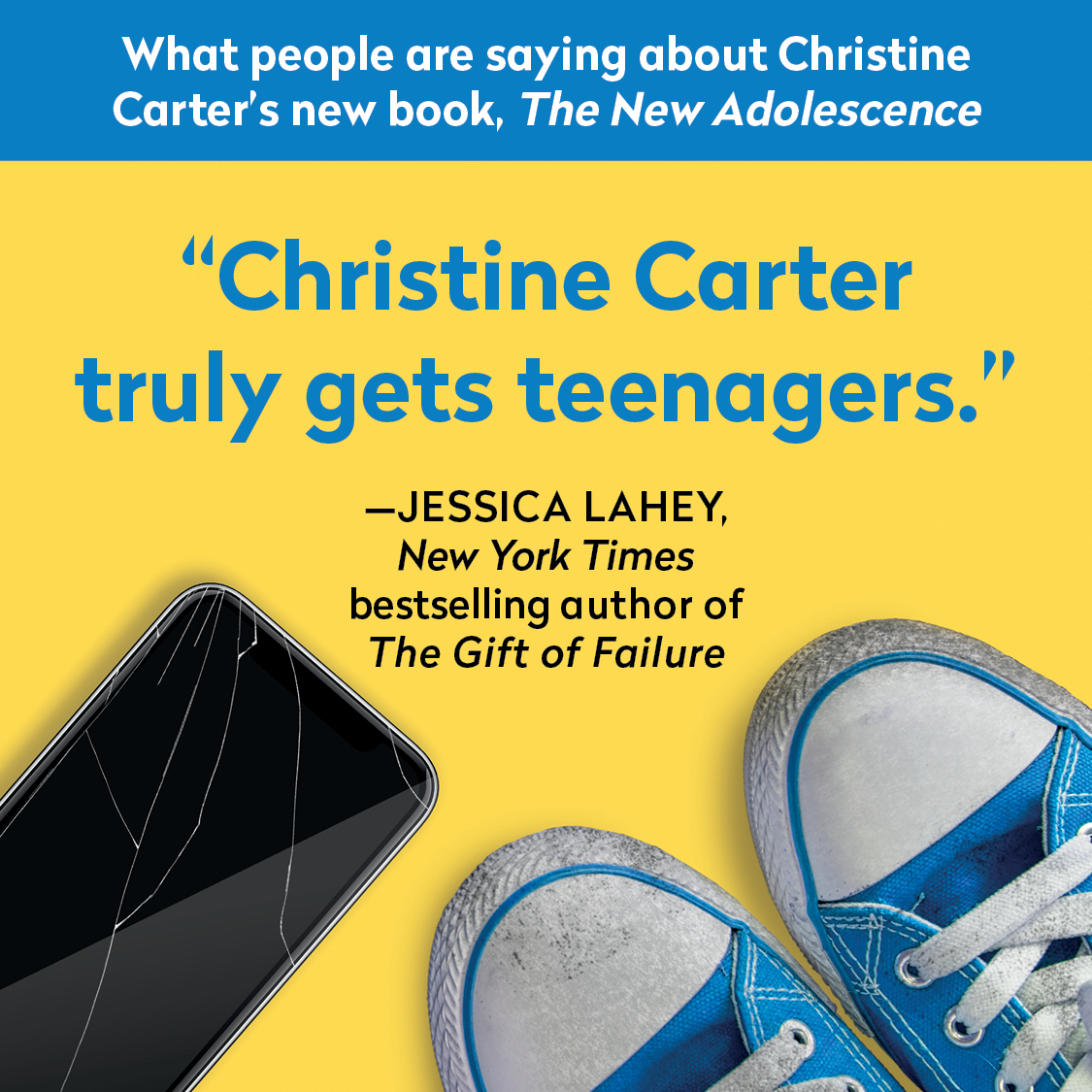


 These thoughts occur because many teenagers tend to be either terribly disorganized, requiring constant nagging, or tightly wound, perfectionistic, and in need of constant therapy. There’s also all that new neuroscience showing, unfortunately, that the brain regions that help humans make wise choices don’t mature until kids are in their mid 20s, and that many potentially life-threatening risks become more appealing during adolescence while the normal fear of danger is temporarily suppressed. Knowing these things can make it hard for us parents to relax.
These thoughts occur because many teenagers tend to be either terribly disorganized, requiring constant nagging, or tightly wound, perfectionistic, and in need of constant therapy. There’s also all that new neuroscience showing, unfortunately, that the brain regions that help humans make wise choices don’t mature until kids are in their mid 20s, and that many potentially life-threatening risks become more appealing during adolescence while the normal fear of danger is temporarily suppressed. Knowing these things can make it hard for us parents to relax.